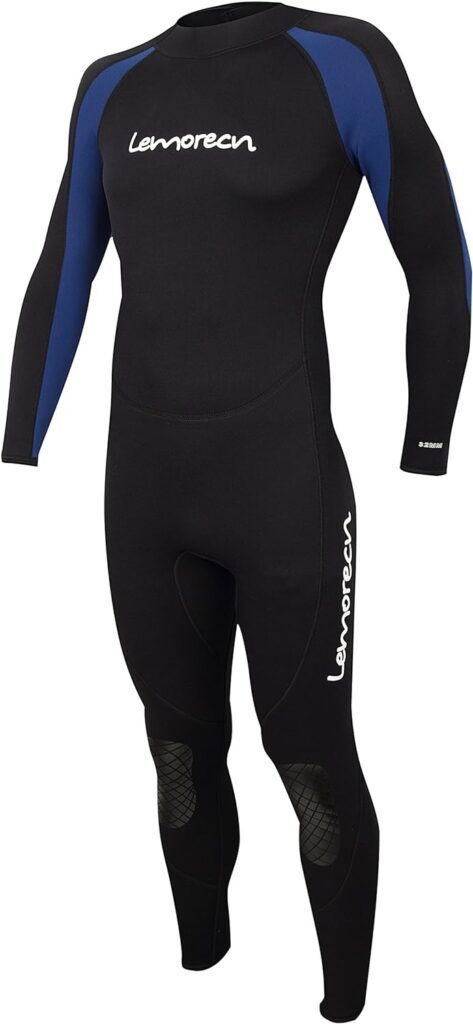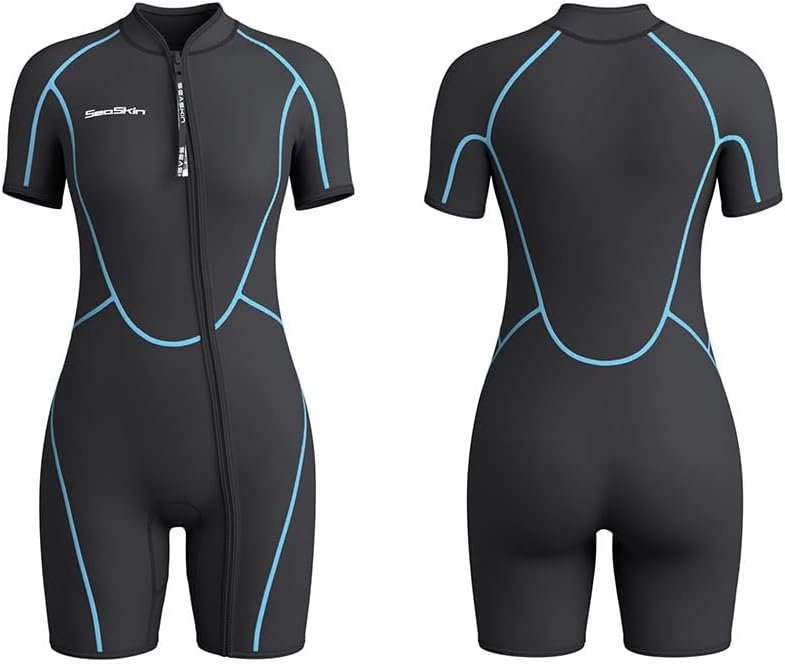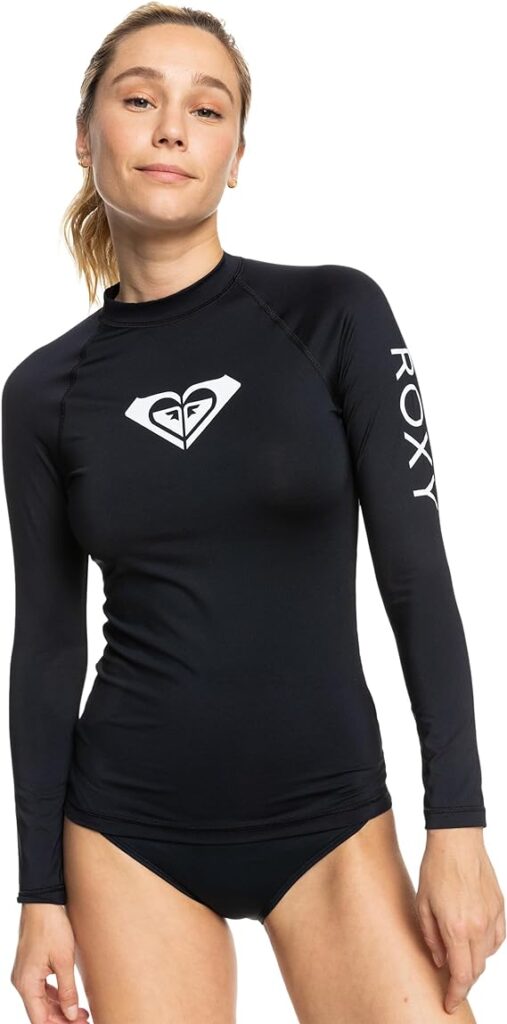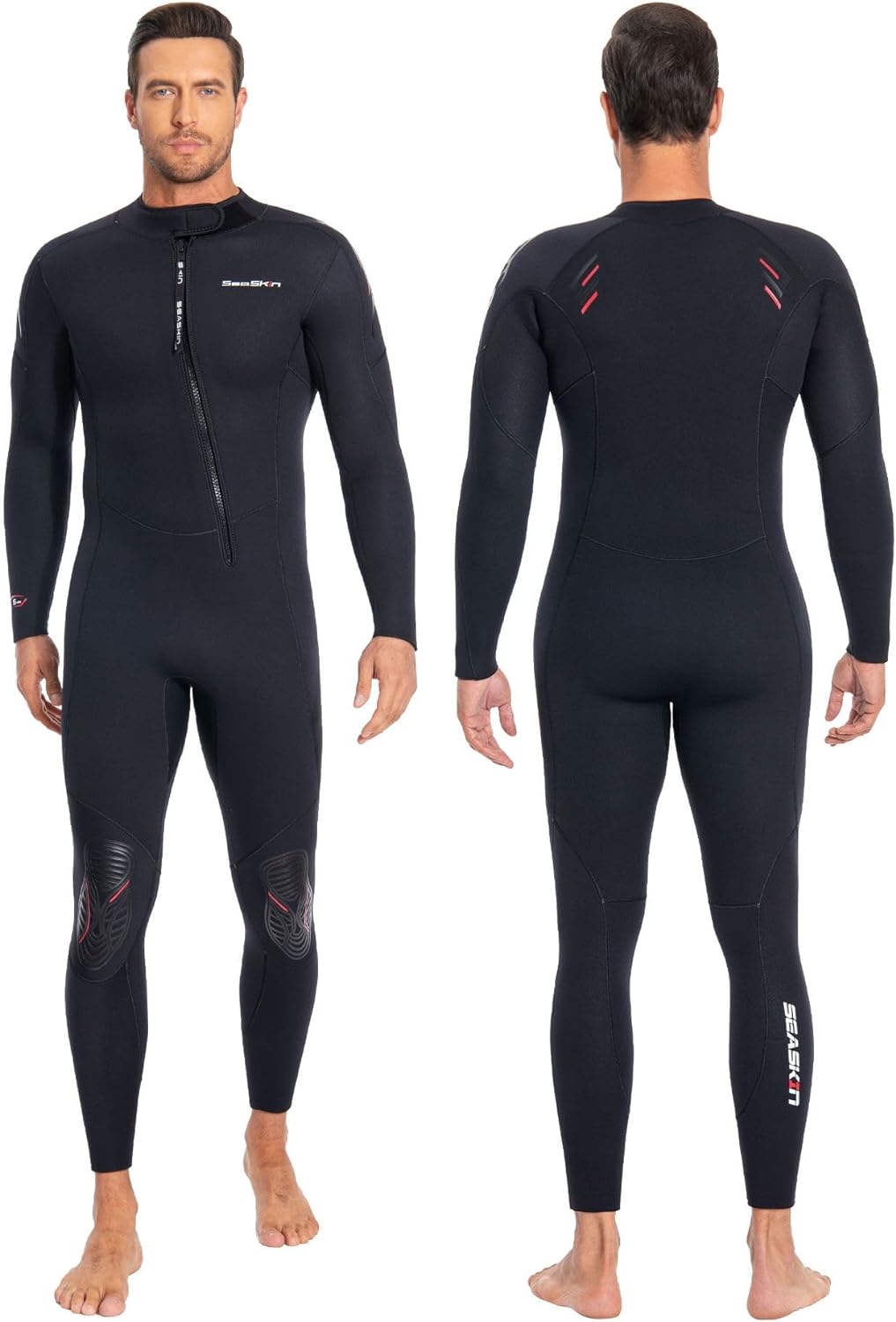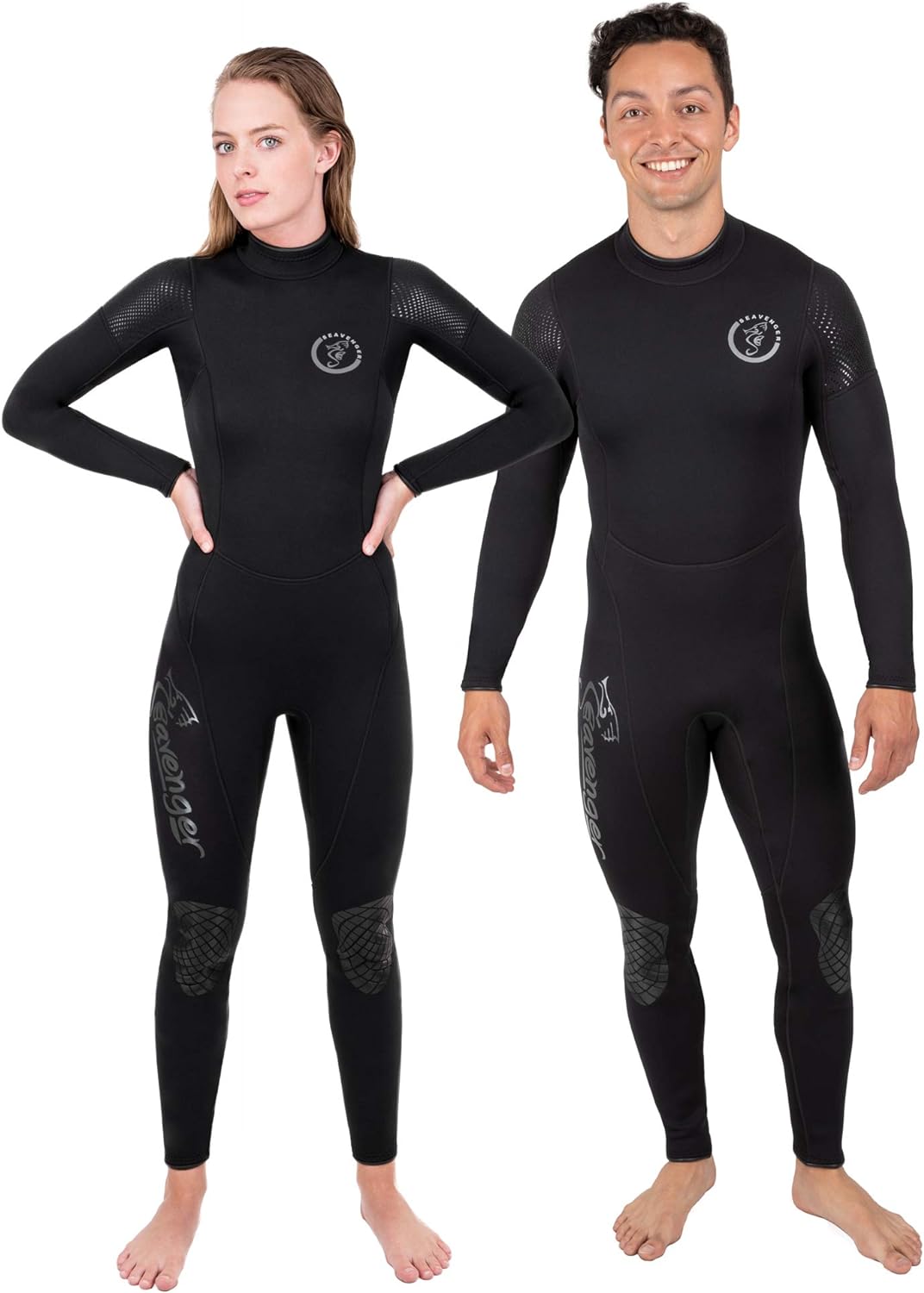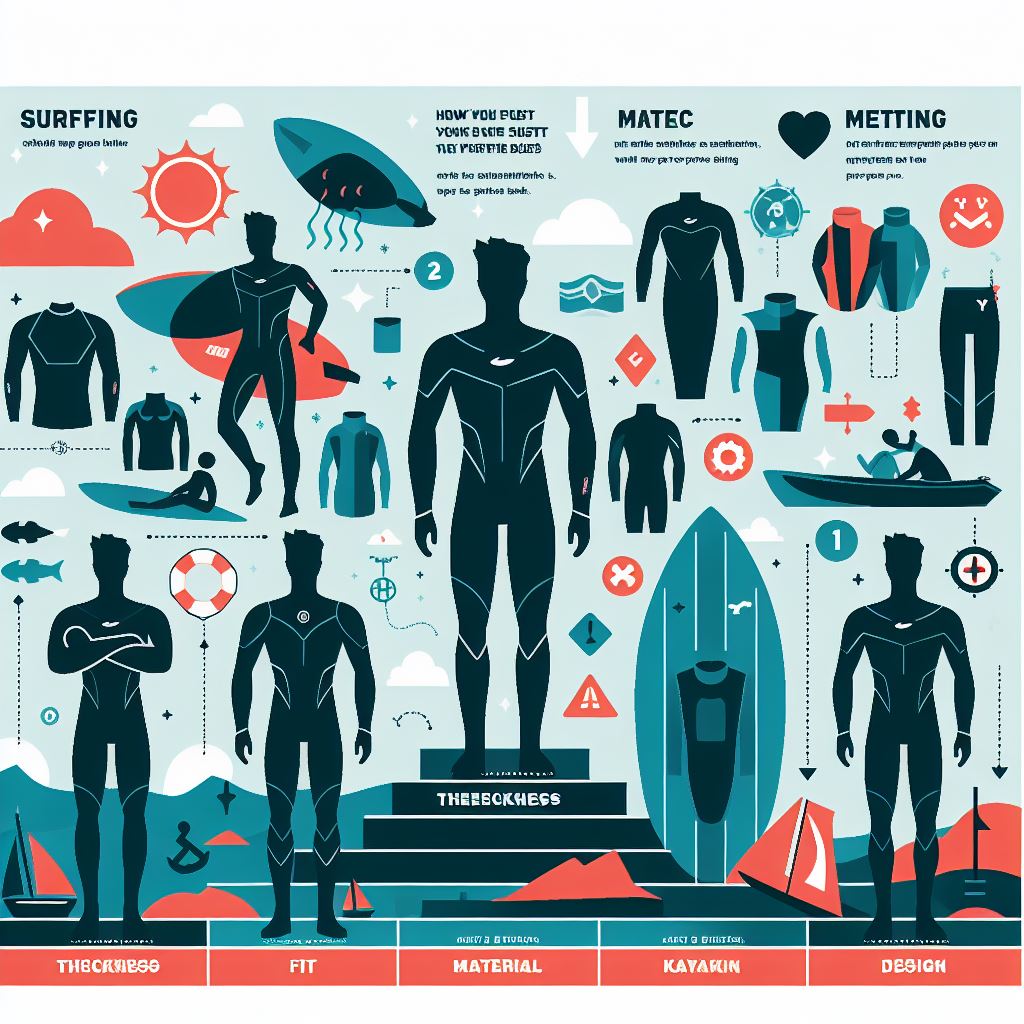How Warm Does A Wetsuit Keep You – Unveiling Everything You Need To Know
When everyone is talking about wetsuits, you want to ask, are wetsuit warm or how warm does a wetsuit keep you? The answer is that wetsuits keep you warm but the warmth level is determined by some factors. Of course, warmth is the main reason wetsuits are created.
Hypothermia is real and it is a dangerous experience that results from your body temperature drop when you are on or in water. Wearing a properly designed wetsuit can help you prevent hypothermia and help you enjoy your water adventures for as long as you want.
Wetsuit thickness or even length can determine how warm a wetsuit keeps you. In this article, we will answer the question “How warm does a wetsuit keep you?” We will look at the insulating properties and how warm each type of wetsuit keeps you. So, let’s dive in!
How Warm Does A Wetsuit Keep You
Depending on the water condition and the wetsuit thickness, wetsuits keep you warm, making you feel like you are on the land even as you enjoy your adventures in water. That is how warm a wetsuit keeps you.
RELATED: Do You Need a Wetsuit to Surf? Uncover the Truth Now!
Almost 85% of your body heat is lost through the holes in your skin and you can imagine how cold you will become underwater if you don’t wear a wetsuit. So, how warm a wetsuit keeps you depends largely on the thickness of your wetsuit and the water temperature range you can tolerate.
It means that if you wear a thinner wetsuit in colder water, you may not get the kind of warmth you envisaged. So, you just have to take a lot of things into consideration when choosing your wetsuit. The following table provides you with a comprehensive answer to how warm does a wetsuit keep you.
| Water Temperature (°F & °C) | Season (Northern Hemisphere) | Wetsuit Thickness (mm) | Recommended Wetsuit Type | Seal Type | Expected Warmth |
| 70°F (21.1°C) and above | Summer | 1mm (optional) | Rashguard or Springsuit (optional) | Flatlock | Minimal warmth, mostly for sun protection or abrasion resistance. |
| 68°F – 72°F (20°C – 22.2°C) | Early Summer/Late Fall | 1-2mm | Springsuit or Short John with Booties | Flatlock | Suitable for warm water activities with some protection from cooler water. |
| 64°F – 68°F (17.8°C – 20°C) | Late Spring/Early Fall | 3mm | Short John with Booties or Fullsuit | Flatlock or Stitched | Provides moderate warmth for extended water activities. |
| 60°F – 64°F (15.6°C – 17.8°C) | Spring/Fall | 3-4mm | Fullsuit with Booties and Hood (optional) | Stitched or Glued (sealed) | Good warmth for cooler water activities. |
| 56°F – 60°F (13.3°C – 15.6°C) | Fall/Winter | 4-5mm | Fullsuit with Booties, Hood, and Gloves (optional) | Glued (sealed) | Significant warmth for extended exposure in cool water. |
| 52°F – 56°F (11.1°C – 13.3°C) | Winter | 5-7mm | Fullsuit with Booties, Hood, and Gloves | Glued (sealed, with internal taping for extra warmth) | High warmth for cold water activities. |
| Below 52°F (11.1°C) | Not recommended for extended activities without additional thermal protection | – | – | – | A wetsuit alone is not sufficient for extreme cold. Consider drysuits or layering with thermals |
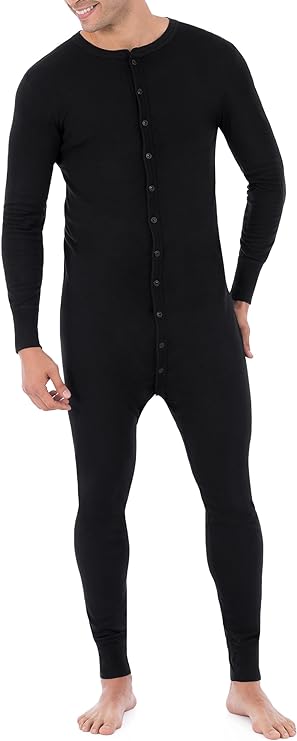
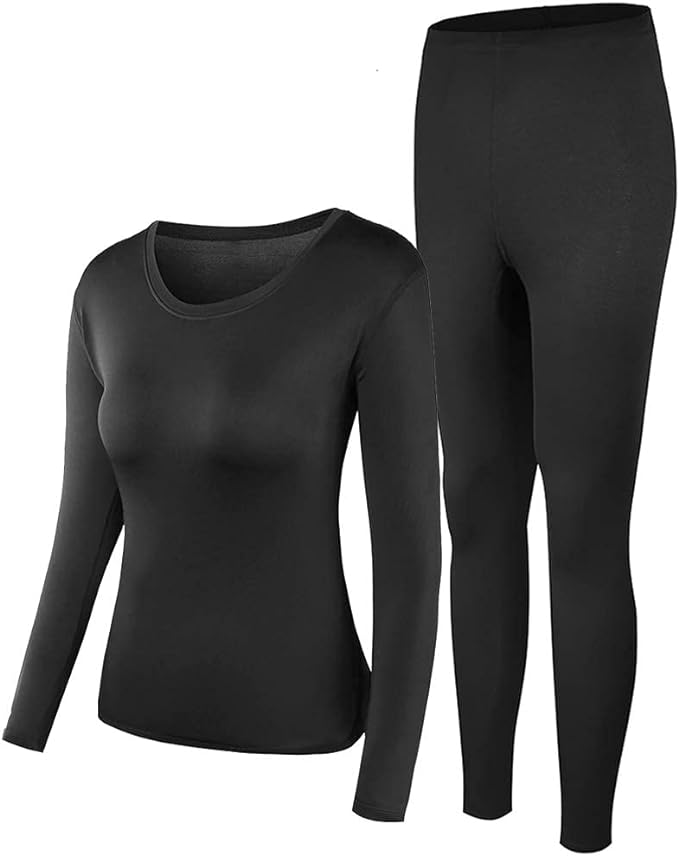
How Wetsuits Work To Keep You Warm
Some people think that wetsuits do not allow you to get wet but just like the name sounds, wetsuits do not keep you dry. The fact that it actually gets you wet is where its warmth power lies. Let me explain how it turns your getting wet to provide you with warmth.
Neoprene is the core wetsuit material. It is a synthetic rubber with a closed-cell foam. It has an excellent insulating property. It traps tiny pockets of air in it, which slows down the heat transfer from your body to the surrounding water.
When you first enter the water wearing your snug-fit wetsuit, a thin layer of water enters the wetsuit staying between your skin and the suit. Your body heat warms the water to help keep your body heat and prevent you from getting cold.
RELATED: 10 Best Sunglasses For Beach
Neoprene has low thermal conductivity, so it does not conduct heat away from your body. So, the neoprene property helps retain the heat generated by your body within the wetsuit
However, the thickness of the wetsuit is important to how warm your wetsuit can be. If your suit is thin but you are in very chilly water, you may become cold at some point. So, choose the thickness of your wetsuit based on the temperature of the water you are exploring.
Remember that your personal cold tolerance also comes into play when choosing your wetsuit.
The Different Types Of Wetsuits And Their Insulating Properties
There are different types of wetsuits with different insulating properties.
| Wetsuit Type | Insulating Properties |
| Full-length | – Provides coverage from neck to ankles, maximizing insulation |
| – Offers excellent thermal protection in cold water environments | |
| – Suitable for diving, surfing, and other water activities in colder conditions | |
| Shorty/Springsuit | – Shorter length with short sleeves and legs, providing less coverage |
| – Offers moderate insulation and flexibility, suitable for warmer water temperatures | |
| – Ideal for summer surfing, snorkeling, or swimming in mild to moderate conditions | |
| Long John/Jane | – Sleeveless design with full-length legs, offering a balance of coverage and mobility |
| – Provides insulation to the core while allowing greater freedom of movement in the arms | |
| – Suitable for water sports like kayaking, paddleboarding and sailing in moderate to cool conditions | |
| Rash Guard | – Thin, lightweight material that provides minimal insulation |
| – Offers sun protection and reduces chafing, but does not provide significant warmth | |
| – Ideal for warm-water activities such as surfing, swimming, or snorkeling in tropical climates | |
| Drysuit | – Completely seals the body from water, preventing heat loss and maintaining a dry interior |
| – Requires additional thermal undergarments for insulation | |
| – Ideal for very cold water conditions or situations where prolonged exposure to cold water is expected, such as ice diving or deep-sea exploration |
RELATED: 10 Best Wetsuit Changing Mats- Protect Your Wetsuits
What To Consider When Choosing A Wetsuit For Different Water Temperatures
When choosing your wetsuit, water temperature is the biggest factor to consider but not just that, there are other factors to consider. So, here are the factors to consider when selecting a wetsuit:
1. Water Temperature
Water temperature is the most important factor you should consider when choosing a wetsuit for your water adventures. In warm water, you may or not need a wetsuit but in cold water, you will need a wetsuit with 3mm to 7mm thickness. Generally, you want to consider the following thickness:
- Warm Water (70°F and above): A 1mm springsuit or rashguard (optional) provides minimal warmth but is good for sun protection and abrasion resistance.
- Warm Water with Cooler Periods (68°F – 72°F): Opt for a 1-2mm springsuit or short john with booties to protect from occasional cooler water.
- Moderate Water Temperatures (64°F – 68°F): A 3mm fullsuit or short john with booties offers moderate warmth for extended water activities.
- Cool Water (60°F – 64°F): Choose a 3-4mm fullsuit with booties and a hood (optional) for good warmth during various cool water activities.
- Cold Water (56°F – 60°F): A 4-5mm fullsuit with booties, hood, and gloves (optional) provides significant warmth for extended exposure to cold water.
- Very Cold Water (52°F – 56°F): For very cold water, a 5-7mm fullsuit with booties, hood, and gloves is necessary for optimal warmth during cold water activities. Important: In extreme cold, consider drysuits or layering with thermals for additional protection.
2. Wetsuit Type
Wetsuits come in different forms and you should consider the type of wetsuit when selecting one for your water escapades. Wet suit options include:
- Full-length wetsuits: Offer maximum coverage and warmth for colder waters. Depending on the water temperature, you could go for a fullsuit with a hood.
- Shorty/Springsuits: Provide moderate coverage and are suitable for warmer conditions.
- Long John/Jane: Sleeveless designs with full-length legs, suitable for moderate temperatures or layering.
- Farmer John/Jane: Sleeveless designs with short legs, suitable for warmer temperatures or layering.
3. Fit And Comfort
Fit is also essential in a wet suit. Wetsuits should fit snugly but be comfortable for you to move. You may be denied the insulation you crave if you choose an oversized suit. So make sure it fits snugly.
4. Sealing And Insulation Features
Sealed seams (glued and blind-stitched or sealed seams) are a great option when choosing a wet suit. These kinds of seams minimize heat loss because they minimize water to flush in.
You could also consider the ease of using the front zip and back zip. Thermal lining and integrated hoods also offer extra warmth in very cold waters.
5. Durability
Not all wetsuits are created equal. Consider the quality of the wetsuit you are buying. Essentially, you want to get one from a reputable wetsuit manufacturer.
6. Environmental Factors
While water temperature is very essential when determining the wetsuit to choose, factors such as wind, duration of exposure and air temperature should also be considered. In windy or cooler conditions, opt for a wetsuit with wind-resistant features or a thicker suit for added warmth.
7. Personal Cold Tolerance
We tolerate cold more than each other. If your body feels cold easily, selecting a thicker wetsuit or adding a hood and gloves may be necessary.
8. Activity Level
Different activities require different types of wetsuits. For instance, you need more flexibility when surfing or kayaking. So, you may want to consider the flexibility of the wetsuit you are wearing.
RELATED: Is Water Polo The Hardest Sport
Do Wetsuits Keep You Warm Out Of The Water
Yes, a wetsuit will keep you warm out of water. Wetsuits have closed cells and don’t breathe, so they will keep you warm outside water. In fact, if you wear a snugly fit wetsuit outside water, it will keep you warmer because no air will be able to penetrate the suit’s neoprene material.
Unfortunately, it will get warm causing you to sweat underneath. So, wearing a wetsuit outside water is not recommended for long. Wearing it outside water for a long may also ruin it in the long run.
How Warm Does A Wetsuit Keep You In Winter
A wetsuit is primarily designed for water. The answer depends on a few factors, including the type of wetsuit you’re wearing, the thickness of the neoprene, and the temperature of the water. Generally, a wetsuit can keep you warm in water temperatures as low as 50°F (10°C) and below.
If you’re planning to go surfing or diving in the winter, you’ll want to choose a wetsuit that is thick enough to keep you warm in cold water. A 5mm or 6mm wetsuit is ideal for water temperatures in the low 50s°F (10-12°C), while a 7mm wetsuit is better suited for water temperatures in 40s°F (7-9°C).
Do Wetsuits Keep You Dry
No, wetsuits are not designed to keep you dry. Just as the name implies, wetsuits get you wet but use your wetness to provide you the warmth you need to stay warm in water.
The Bottom Line On How Warm Does A Wetsuit Keep You
How warm does a wetsuit keep you? Depending on your wetsuit thickness and the temperature of the water, wetsuits can provide you with optimal warmth in water. However, you need to choose your wetsuit wisely. Many factors come into play when it comes to warmth in a wetsuit. So, consider the water temperature, the suit thickness and size.
